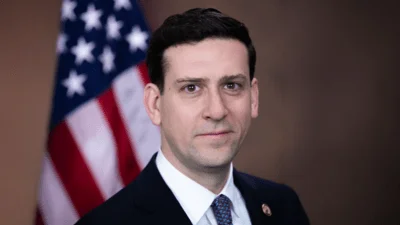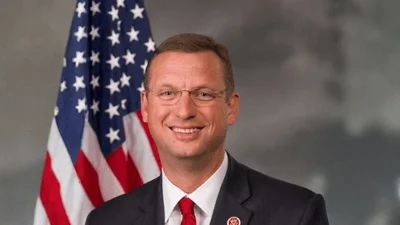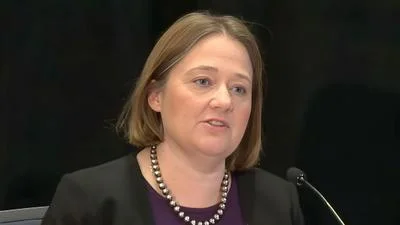Energy and Commerce Chairman Frank Pallone, Jr. (D-NJ) and Rep. Raul Ruiz, M.D. (D-CA) released the following joint statement today following the release of a new report from the Government Accountability Office (GAO), which the two lawmakers requested in 2017, finding significant increases in health insurance coverage as well as expanded access to care through the Indian Health Service (IHS) among American Indians and Alaska Natives since the implementation of the Affordable Care Act (ACA).
“Today’s report from GAO on the significant increases in health coverage among American Indian and Alaska Native communities is great news," Pallone and Ruiz said. “We are particularly encouraged by the expanded access to care, including increased onsite services. While we still have a lot more work to do to close the health disparities gap among American Indian and Alaska Native communities, we are heartened by the progress made in just the last few years. This report is proof positive that increasing resources for IHS increases access to care for American Indian and Alaska Natives. We also thank GAO for its work compiling this important report, which will help inform our continued efforts to improve coverage and access to quality health care for tribal communities."
The GAO report analyzed IHS data from fiscal years 2013 through 2018. The results found across the board coverage increases with an average increase of 14 percentage points. The report also noted that states that expanded Medicaid experienced the largest coverage increases. GAO found a 51 percent increase in third party collections at federally operated IHS facilities over that time period. Selected federally operated and tribally operated facilities reported using the increased third-party collections to enhance recruitment and retention of staff, repair and purchase medical equipment, and to maintain and increase onsite services.
The IHS annually serves approximately 2.56 million American Indians and Alaska Natives who are members of 573 federally recognized tribes. The IHS provides services through a network of 662 health facilities located on or near reservations, and also refers beneficiaries to private providers of care when needed services are not available in the IHS network.
Earlier this year, Energy and Commerce Committee leaders sent a letter to IHS Acting Director Rear Admiral Michael D. Weahkee requesting a briefing on reported medical errors and systemic failures at IHS hospitals, the corrective actions taken to date, and an update on the agency’s strategy to ensure improvements at IHS facilities nationwide. The letter cited troubling reports from the Wall Street Journal and the Sioux Falls Argus Leader. The Energy and Commerce Committee has broad jurisdiction over health care, including the Indian Health Service.
Pallone authored legislation in 2007 that was included in the ACA to permanently reauthorize and amend the Indian Health Care Improvement Act, the keystone federal law that directs the delivery of health care services to American Indian and Alaska Native people. The legislation included provisions to aid recruitment of medical professionals, provide greater roles for tribes in health care delivery, and improve access to Medicare, Medicaid and the Children’s Health Insurance Program.
Read GAO’s report HERE.





